ZEEKR 001 Energy Consumption Tests In Summer
Without realizing it, it’s been over half a year since I picked up my ZEEKR 001 Electric SUV, and I’ve already driven more than 16,661 kilometers. During the first two months, in the spring, I achieved an impressive range (the actual range exceeded the official 536km). Now, as we entered the summer season, I’m curious to see how ZEEKR 001 will perform.

Table of Contents
Driving Conditions
Let me first introduce my vehicle setup and driving conditions: My ZEEKR 001 is a dual-motor, four-wheel-drive version.
My daily cold tire pressure is set at 2.8 bar. I typically drive in the comfort mode with low regenerative braking. The air conditioning is set to around 20℃, with the fan on the first or second setting.
During my daily commute, I tend to drive somewhat aggressively, overtaking when possible, and being among the first at traffic lights.
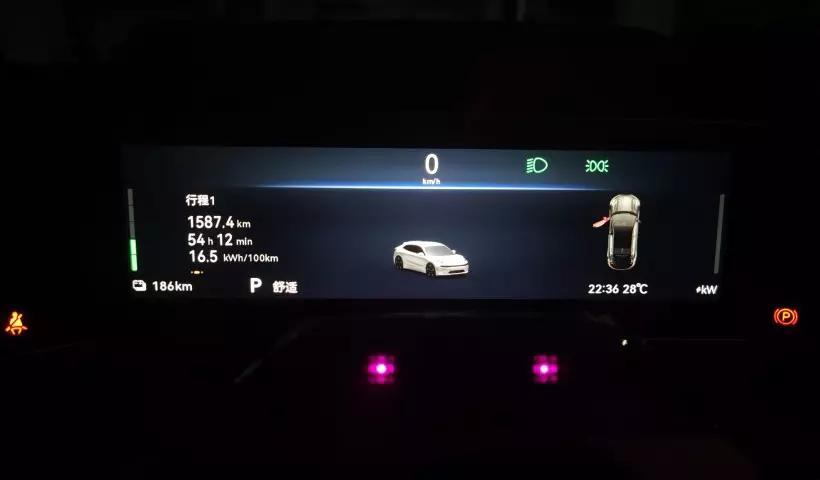
To summarize, over the past month, I’ve driven a total of 1587 kilometers, consuming 290.5 kilowatt-hours of electricity. This results in an overall efficiency of approximately 5.5 kilometers per kilowatt-hour.
Air Conditioning Efficiency
During my drives, most of the time the air conditioning is on because it can get quite stuffy without it, and opening the windows will generate too much wind noise.
Based on two separate measurements, I’ve found that the energy consumption of the air conditioning system accounts for only 7-8.3% of the total.
On average, it consumes about 0.55 kilowatt-hours per hour. So, feel free to use the air conditioning confidently during the summer months.
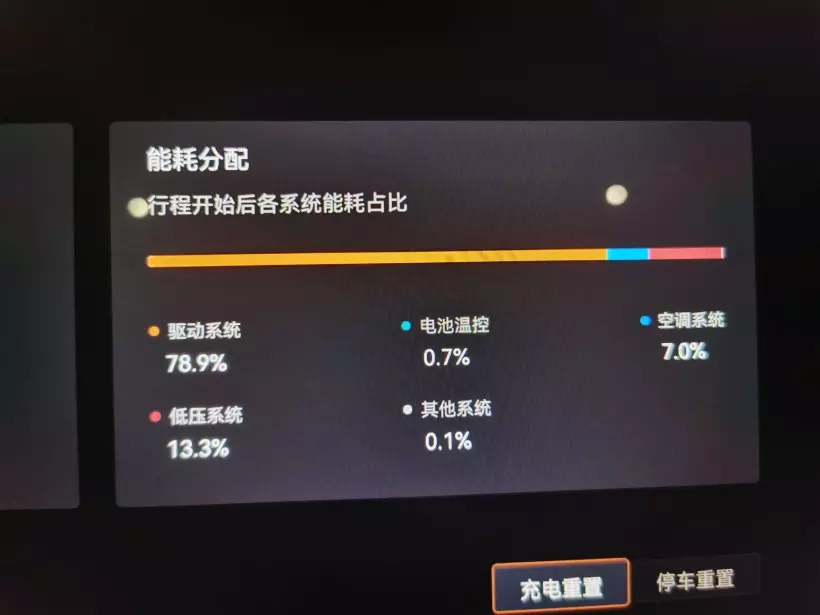
Energy Consumption at Different Driving Speeds
Next, let’s take a look at the energy consumption at different driving speeds (individual data for reference only):
Driving at 30-40 km/h
Driving at speeds between 30-40 kilometers per hour – this speed range is likely the most energy-efficient for ZEEKR, but it’s not practical for everyday driving and might lead to some frustrated fellow drivers.
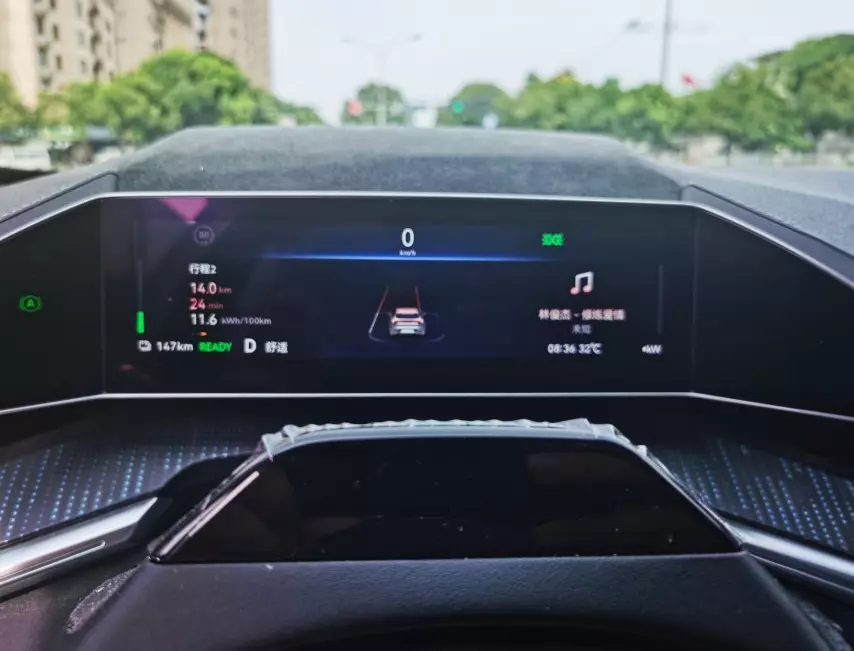

Driving at 50-60 km/h
Driving at speeds between 50-60 kilometers per hour – energy consumption is relatively low at this speed range, making it suitable for drivers who prefer a more relaxed driving style.
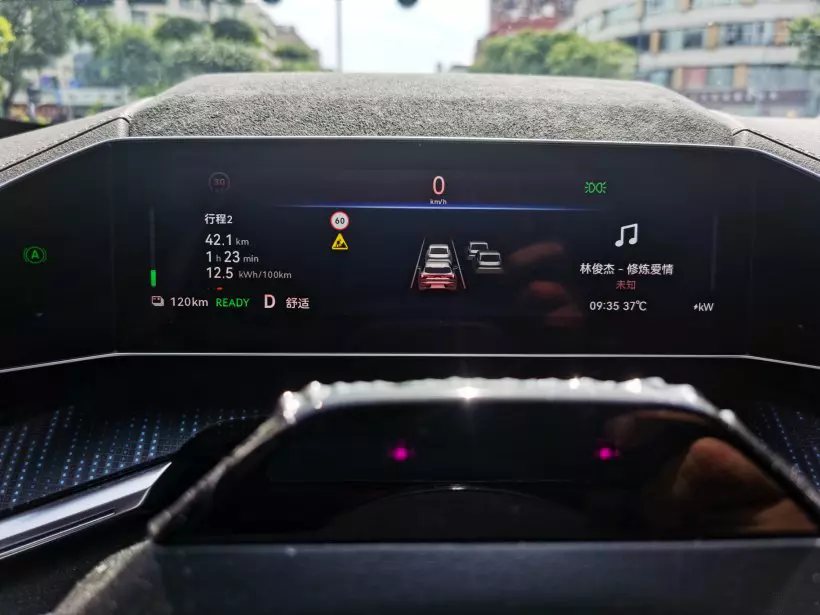
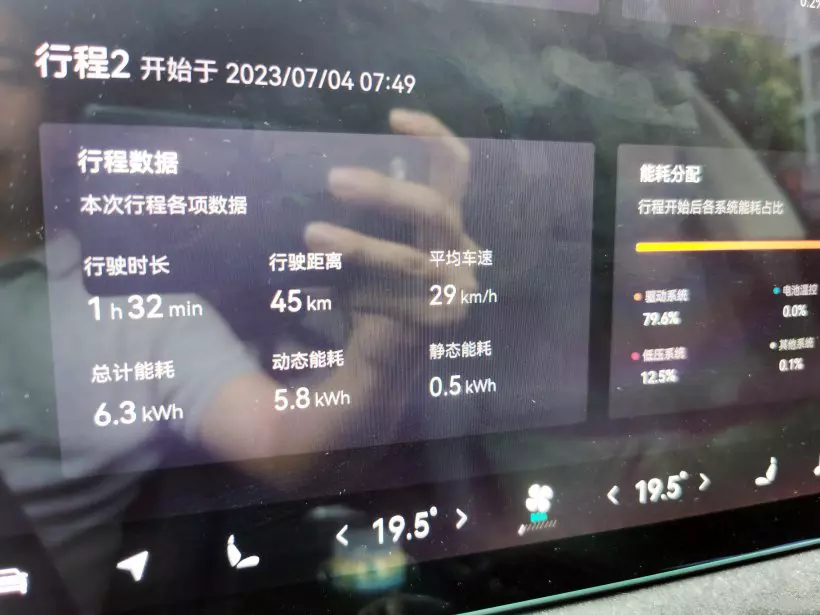
Driving at 60-70 km/h
Driving at speeds between 60-70 kilometers per hour – at this speed range, the energy consumption is approximately 5.7 kilometers per kilowatt-hour, which should align with the driving habits of most motorists.


Driving at 70-80 km/h
Driving at speeds between 70-80 kilometers per hour – currently, this is the speed range I use the most. Since I’ve switched to an electric car, I’ve adopted a more carefree attitude about energy consumption. Just enjoy the ride!
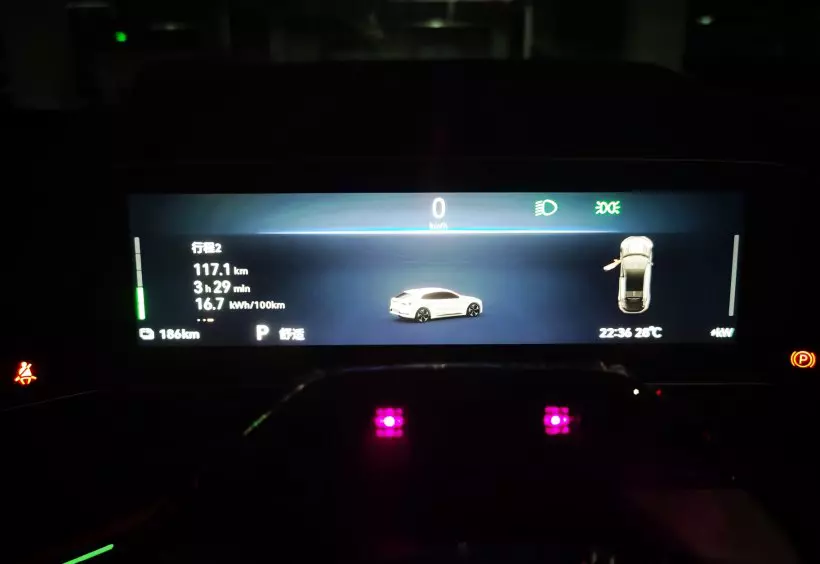
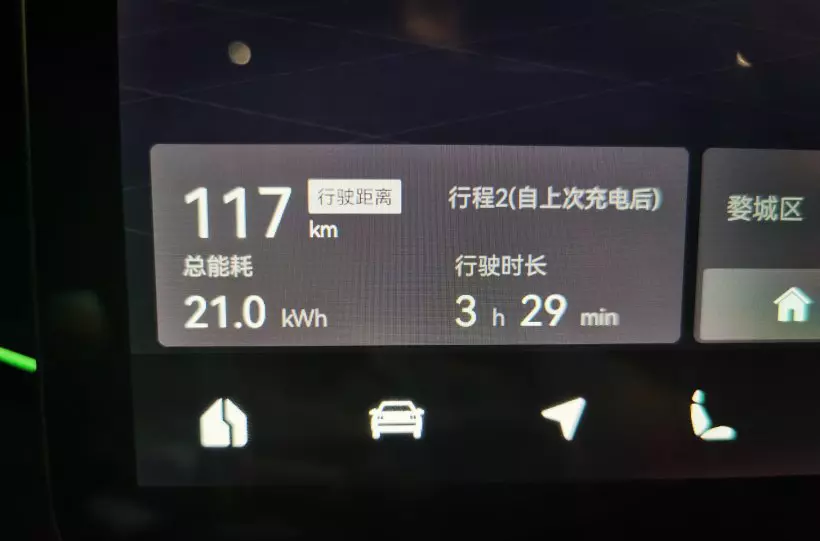
Conclusion
In summary, the mentioned driving speeds refer to the highest speeds one can maintain for an extended period when road conditions allow. My personal driving habit typically involves accelerating to quickly pass slower vehicles, reaching the desired speed, and then lightly pressing the accelerator to maintain a steady speed.
As I approach intersections or traffic lights, I often let the car coast or gently apply the brakes (which is why I prefer to keep regenerative braking set to low). Therefore, it’s important to note that individual driving habits vary, leading to some degree of error in these observations. These findings are provided for reference purposes.


